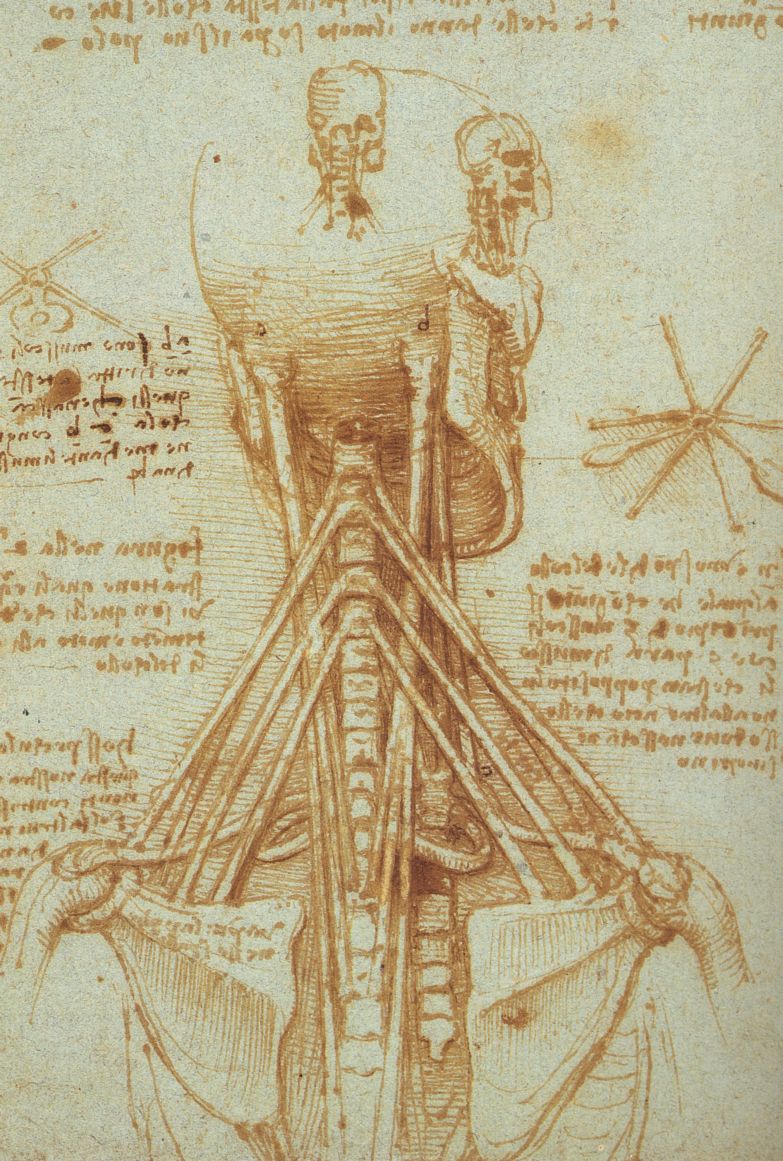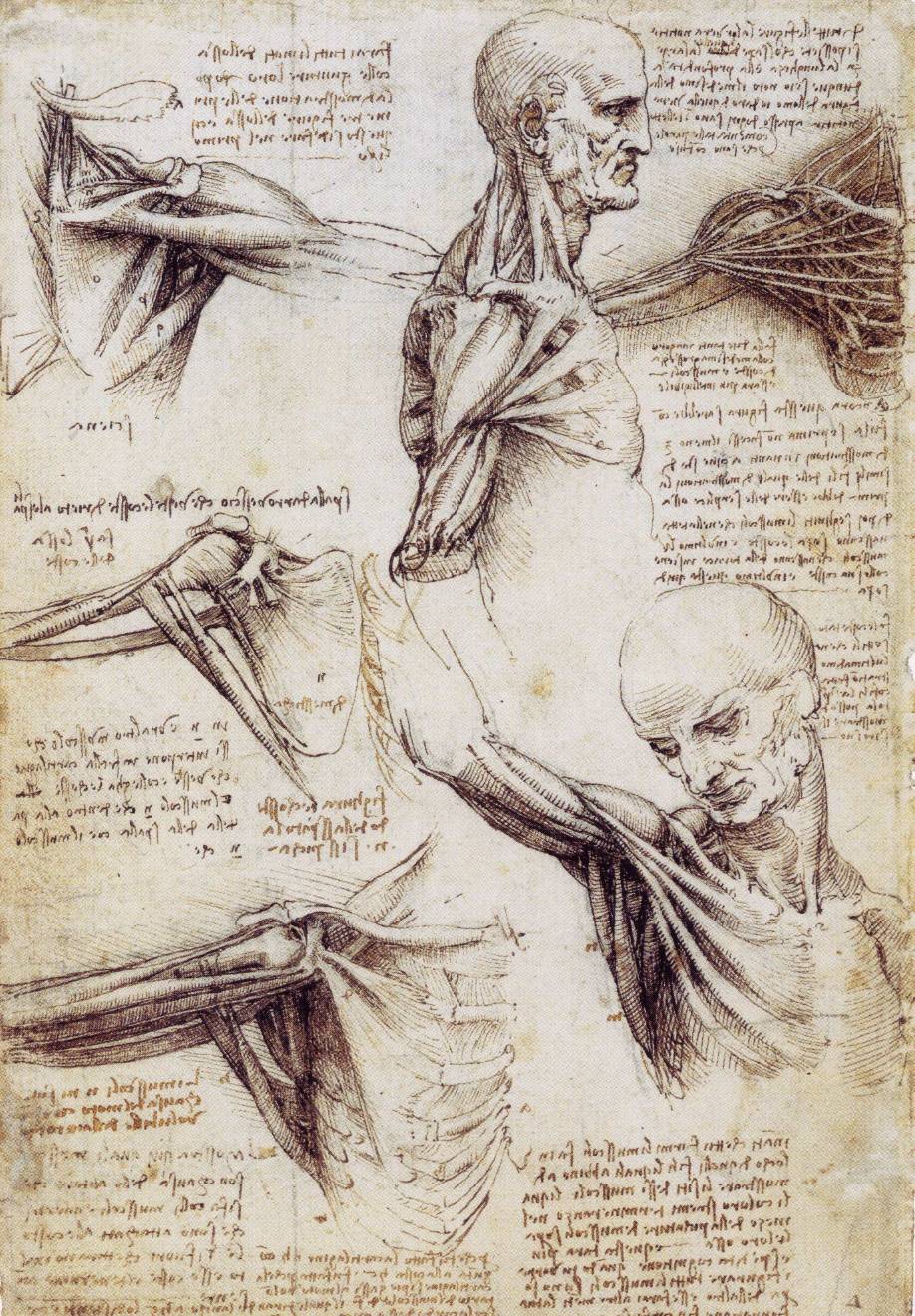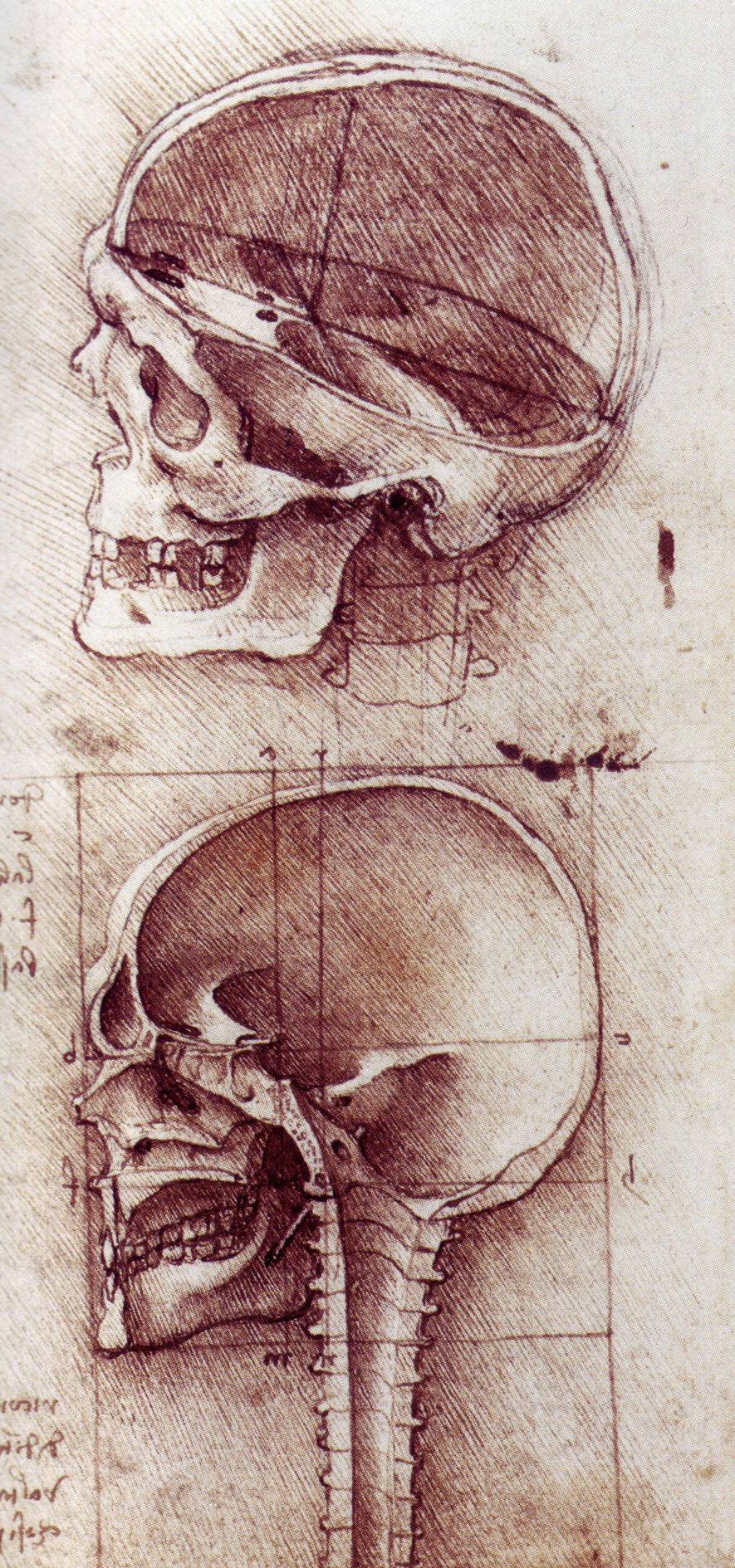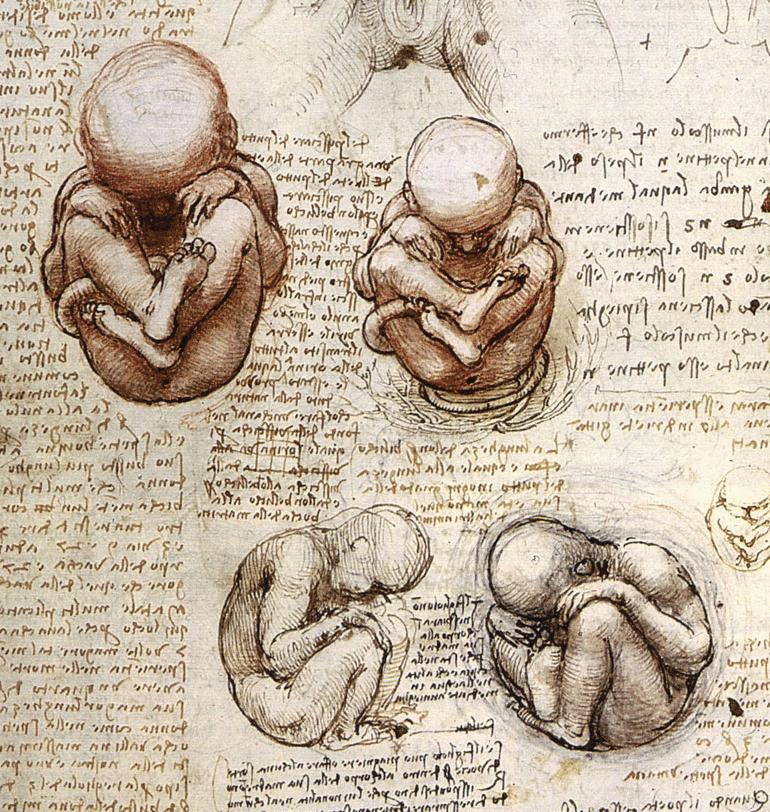 After being asked to write about 2 from 5 principles I have decided to engage 'Draw. Work by hand.' and 'Develop visual language'. Leonardo Di Vinci went by the principles that drawing is thinking – it was laying down the foundation of painting and learning how to see, for him it was the key to understanding creation and creativity. Leonardo’s drawings were reflections of his experiments in seeing – attempts to see the nature of things. To be able to draw ideas without the use of words makes ideas come to life, the answers are then visually laid out in front of you. By looking at something visually it means that others too can better understand your thought process and better see the outcome that you are trying to achieve, of you cannot reach it yourself.
After being asked to write about 2 from 5 principles I have decided to engage 'Draw. Work by hand.' and 'Develop visual language'. Leonardo Di Vinci went by the principles that drawing is thinking – it was laying down the foundation of painting and learning how to see, for him it was the key to understanding creation and creativity. Leonardo’s drawings were reflections of his experiments in seeing – attempts to see the nature of things. To be able to draw ideas without the use of words makes ideas come to life, the answers are then visually laid out in front of you. By looking at something visually it means that others too can better understand your thought process and better see the outcome that you are trying to achieve, of you cannot reach it yourself. Here Di Vinci has explored his understanding of the anatomy of the neck, as it can be seen there is more than one sketch to gain a full understanding and to lay all his ideas down to come to an outcome/conclusion, some more detailed than others. He also uses rough backward writing, which has never to be understood, it is thought that he wanted his work to be private. Even if Di Vinci’s drawings and ideas are not correct, he still took an idea that he had in his brain and put it on to paper through drawing to better comprehend his understanding of the anatomy of the neck. For the thinking behind and idea does not have to be correct, it is the process, which better helps us apprehend the outcome.

The world is full of ‘visual language’ we use it everyday consciously and unconsciously. Through simple tasks of body language, how we say something, what we wear from one day to the next, to what road signs and advertising we take in, from everywhere we look. ‘Visual’ means ‘of or pertaining to seeing or sights: a visual image’, ‘used in seeing: the visual sense’ and ‘perceptible by the sense of sight: visible’. ‘Language’ means ‘the system of linguistic signs or symbols considered in the abstract’, ‘any system of formalized symbols, signs, sounds, gestures or the like used or conceived as a means of communicating thought, emotions etc.’ So for visual language to work it much contain visual/perceptible image and any system of formalized communication e.g. signs. It enables us to makes complex ideas and association comprehensible and opens up a range of creative responses and different ways of thinking. Mind mapping is a very popular way of creating a ‘visual language’ it is thought to be a better way of learning by simply drawing ideas on to the page visually. Tony Buzan was the first to use the term and set out his ‘Laws of Mind Mapping’, he was himself building on ancestry use of patterns, pictures colour and association which travels back thousands of years. Mind maps use the idea of the brain and the trace that is left in the short-term memory after a thought/new piece of information. If we rehearse this thought/new piece of information then it is more likely to stay within out long-term memory. With the use of colour and pictures it better enhances the memory if we can attach/link it to something similar to remember e.g. a picture we already know. This then helps us to generate, visualize, structure and classify ideas on paper in a hierarchy.
More examples of Di Vinci's work:
 Other examples of mind maps:
Other examples of mind maps:
 After being asked to write about 2 from 5 principles I have decided to engage 'Draw. Work by hand.' and 'Develop visual language'. Leonardo Di Vinci went by the principles that drawing is thinking – it was laying down the foundation of painting and learning how to see, for him it was the key to understanding creation and creativity. Leonardo’s drawings were reflections of his experiments in seeing – attempts to see the nature of things. To be able to draw ideas without the use of words makes ideas come to life, the answers are then visually laid out in front of you. By looking at something visually it means that others too can better understand your thought process and better see the outcome that you are trying to achieve, of you cannot reach it yourself.
After being asked to write about 2 from 5 principles I have decided to engage 'Draw. Work by hand.' and 'Develop visual language'. Leonardo Di Vinci went by the principles that drawing is thinking – it was laying down the foundation of painting and learning how to see, for him it was the key to understanding creation and creativity. Leonardo’s drawings were reflections of his experiments in seeing – attempts to see the nature of things. To be able to draw ideas without the use of words makes ideas come to life, the answers are then visually laid out in front of you. By looking at something visually it means that others too can better understand your thought process and better see the outcome that you are trying to achieve, of you cannot reach it yourself. 





http://www.drawingsofleonardo.org/
ReplyDeletehttp://ebooksa2z.files.wordpress.com/2011/03/how-to-think-like-leonardo-da-vinci-seven-steps-to-genius-every-day-mantesh.pdfhttp://dictionary.reference.com/browse/visual
http://dictionary.reference.com/browse/language
http://www.amazon.co.uk/Mind-Map-Book-Unlock-Creativity/dp/1406647160/ref=dp_ob_title_bk
http://www.mind-mapping.co.uk/tony-buzan-biog.htm
http://www.mind-mapping.co.uk/_images/_Images/EXAMPLES/BUSINESS/Company-Overviews/About-Illumine_illumine.jpg
http://www.mindmappictures.com/images/art-and-design-mind-map.jpg